This Crowley ISD school had the district’s lowest rating. Four years later, it’s at the top
On a drizzly morning in early February, Alicia White stood in front of a room full of 21 wiggly kindergartners and talked through all the ways they could add two numbers together to get seven.
On an overhead projector, she pointed at a picture of a die with six dots and asked the kids how many they would need to add to make seven.
“One!” several called back, holding up index fingers.
After going through a few more examples, White talked students through a timed worksheet where they’d do the same kind of addition problems on their own. She gave them one minute to complete as many of them as they could.
“Are we going to get upset if we don’t get them all right?” White asked before starting a timer.
“No!” the kids shouted back.
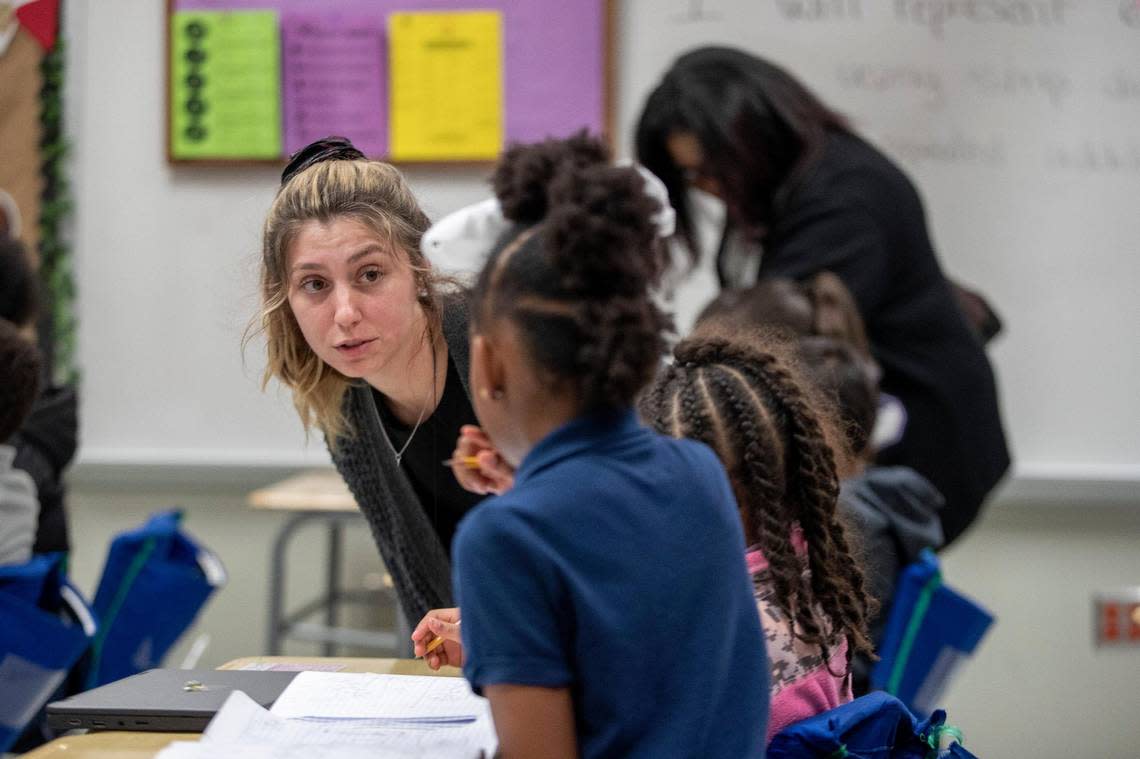
White teaches kindergarten at David L. Walker Elementary School in the Crowley Independent School District, which, in addition to the city of Crowley, also covers a large swath of southern Fort Worth. Four years ago, Walker was the lowest-rated campus in the district. But when the Texas Education Agency released its accountability ratings for 2022, the elementary school was the highest-rated school in the district.
Although district leaders are quick to note that the school’s progress wasn’t the result of any single policy or initiative, they attribute a large amount of it to a state program that allows schools to add up to 30 days to their school calendars. After seeing early success with that model at David L. Walker, district leaders are looking for ways to lengthen the school calendars at several other campuses.
School leaders say those extra 30 days allow more time for teachers to go back and cover concepts that students didn’t understand the first time. And while asking students to come back to school in July when kids at other schools are still on summer break for another month might be a tough sell, a caring environment and frequent field trips make it an easier pill to swallow, said Nicole Montgomery, the school’s principal.
“They get to do a lot of things and learn at the same time, so it doesn’t feel like school,” Montgomery said. “It just feels like we’re learning and having fun.”
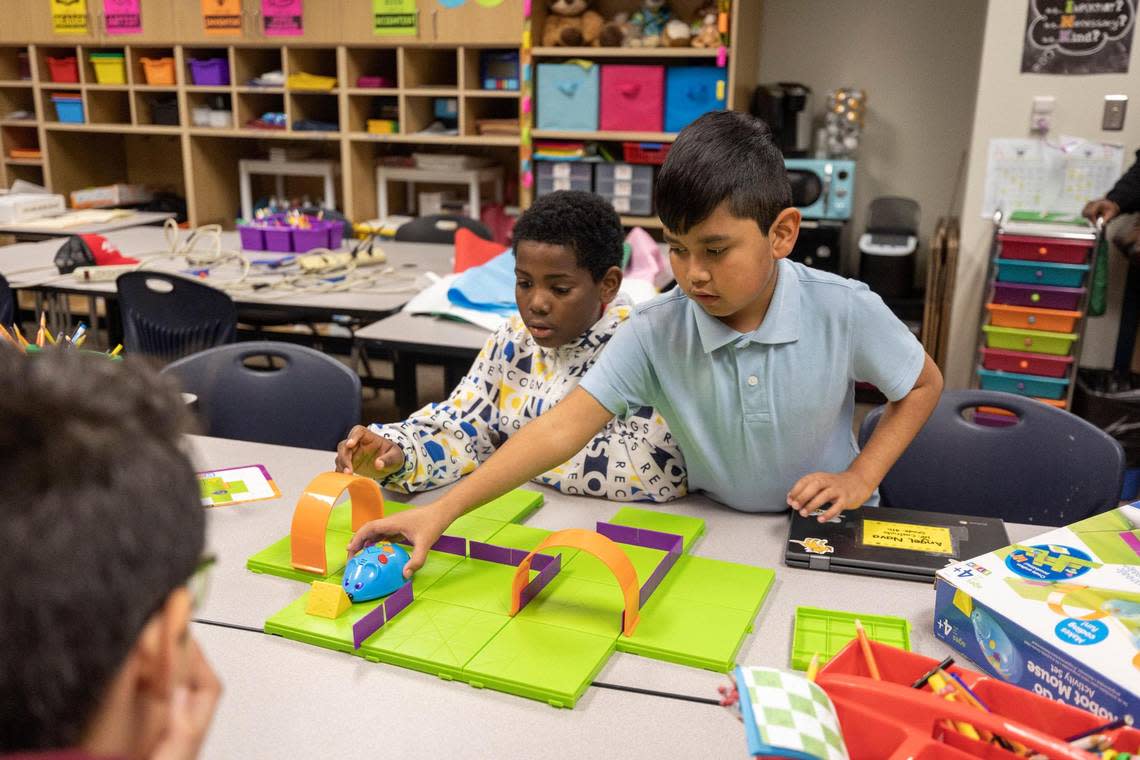
Most students lose ground due to summer slide
The Additional Days School Year program gives districts a half a day’s funding for each day they add to their school calendars. Texas lawmakers established the program in 2019 with an eye toward helping districts mitigate summer learning loss. For more than a century, school leaders and education researchers have worried about the amount of academic ground that students lose each year when they leave school for the summer.
In a study published in April 2021 in the American Educational Research Journal, 52% of participants showed some amount of academic loss over five consecutive summers. Of the group of students who lost ground, the average student lost 39% of the academic progress over the summer that they made during the previous year, the study suggests.
But results varied widely from one student to the next, researchers wrote: While some students continued to make academic gains over the summer at roughly the same pace they did during the school year, others lost nearly all the progress they made during the previous school year.
State program funds additional days at Texas schools
Lawmakers created the additional days program as a part of House Bill 3, a massive overhaul of the state’s education finance system that passed in 2019. When state education officials rolled the program out, they gave districts three options for working the extra school days into the calendars: expanding voluntary summer programs, adopting an intersessional calendar that includes extended breaks intended to create time for targeted support for struggling students, or overhauling their school calendars to create up to a 210-day school year in place of the 180-day year they’d had before.
Crowley chose to redesign the school calendar at David L. Walker. After the change, the school’s summer break lasts only about five weeks. Last year, students left for summer on June 10 and returned for the beginning of the next school year on July 14.
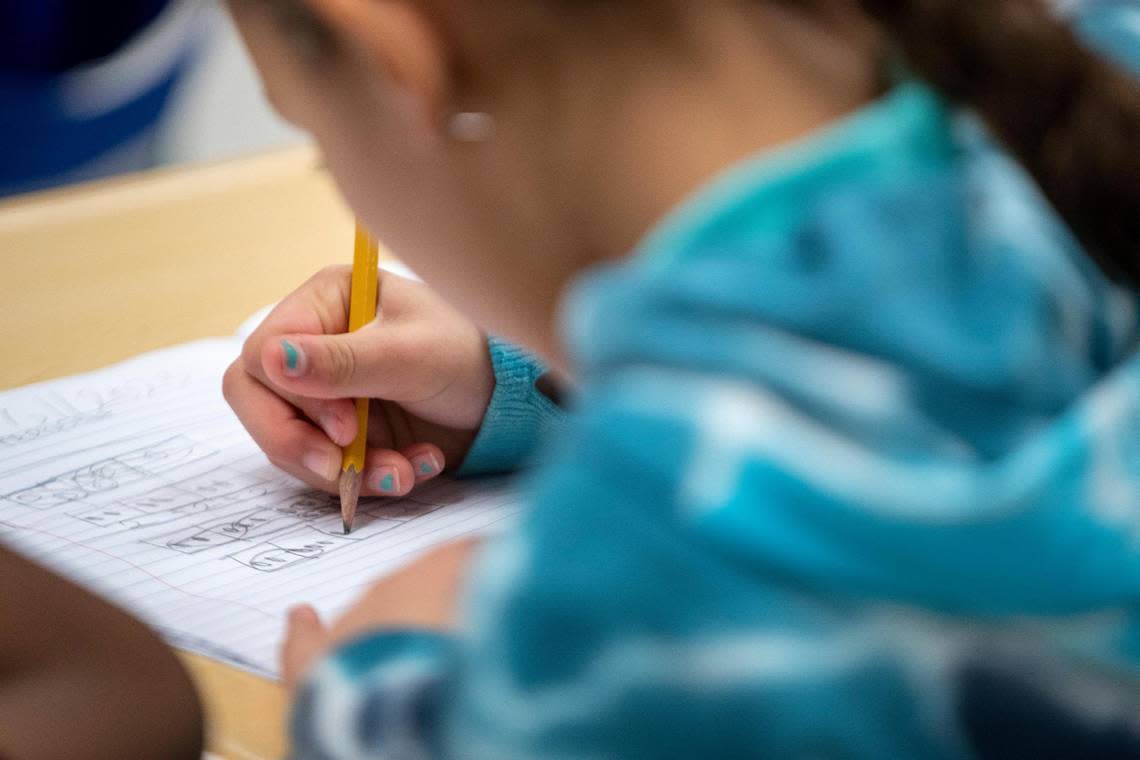
Montgomery said those extra days allow the school to do things it couldn’t have done before. Because teachers have more time to cover the material they’re required to teach in a year, they can take students on more field trips to reinforce the things they’ve learned in class. For example, some classes have visited the Perot Museum of Nature and Science in Dallas, she said, and others have gone to productions at Casa Mañana Theatre in Fort Worth.
Those trips are especially important for students at David L. Walker, Montgomery said, because many of them don’t have those opportunities outside of school. About 86% of students at the school last year were economically disadvantaged, according to TEA. Those students generally don’t have access to the same kinds of learning opportunities as more affluent kids do, she said, but it’s no less important that they make those real-world connections.
“You just can’t tell kids about it. They need to see it. They need to do it. They need to feel it. They need to touch it, hear it,” she said. “All of those things connect to their learning.”
Extra days lead to academic gains at Crowley ISD school
Until 2019, David L. Walker was an intermediate campus, serving only fifth- and sixth-graders. It became an elementary school with students in pre-K through sixth grade in 2020. District officials made the move to lengthen the school’s calendar with the beginning of the 2021-22 school year.
In the spring of 2019, 29% of all fifth-graders at David L. Walker scored on grade level in reading on the State of Texas Assessment of Academic Readiness, or STAAR, exam, compared with 38% of the fifth-graders across the district. But by the spring of 2022, the first school year with the extended calendar, the school’s fifth-graders were slightly outperforming the rest of the district. At David L. Walker, 54% of fifth-graders met grade level in reading, compared with 52% of fifth-graders across the district.
Michael McFarland, Crowley ISD superintendent, said adding instructional time is one of a few tools the district has for increasing student learning. The district had experimented with other ways to do that before, he said. At the beginning of the 2019-20 school year, the district began using the Accelerating Campus Excellence, or ACE, model at J.A. Hargrave Elementary School. That model, which was pioneered by the Dallas Independent School District, includes an extended school day, after-school enrichment activities and extra support and professional development for teachers.
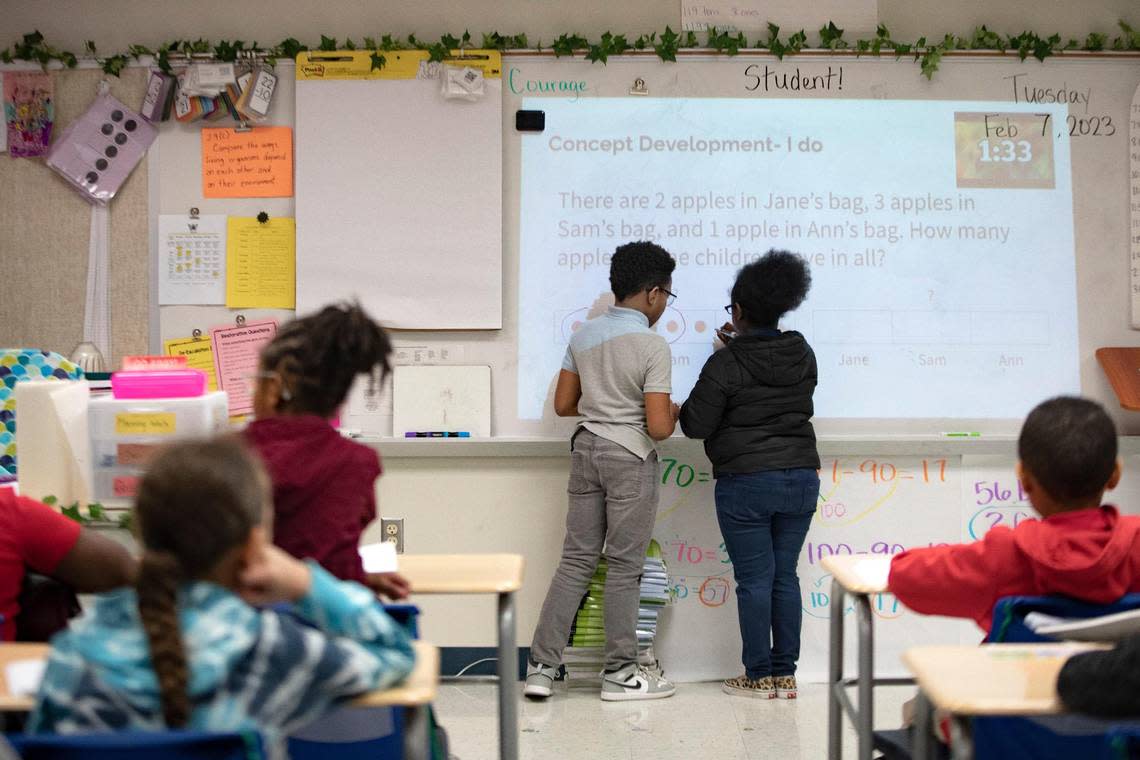
Although the district also saw success with the ACE model — J.A. Hargrave moved from an F rating in 2018 to an A rating in 2022 — the extended school year model is more manageable, McFarland said. Lengthening the school day by an hour every day is taxing for teachers, he said. But if teachers know going into summer break that the next school year starts in July instead of August, they can plan their summers accordingly, he said.
Now, the district is looking at lengthening the school year at the middle school level, McFarland said, although district officials haven’t yet determined which campuses would see the change. Parents and students at David L. Walker are already accustomed to going to school for the extra 30 days, so it makes sense to keep the lengthened school year for those students when they move from elementary into middle school, he said.
The state additional days program only covers schools that offer at least one grade between pre-K and 5, meaning the district won’t be eligible to receive state funding for any additional days at the middle school level. The district has used federal and state COVID relief money to help fund extra days at the elementary level, and it could do so at the middle school level, as well, at least in the short term. But districts are required to spend the last of their relief money by 2024. A district spokesman said officials are advocating for lawmakers to expand the program to the middle school level and seeking philanthropic funding to help pay for the extra days once relief money is exhausted.
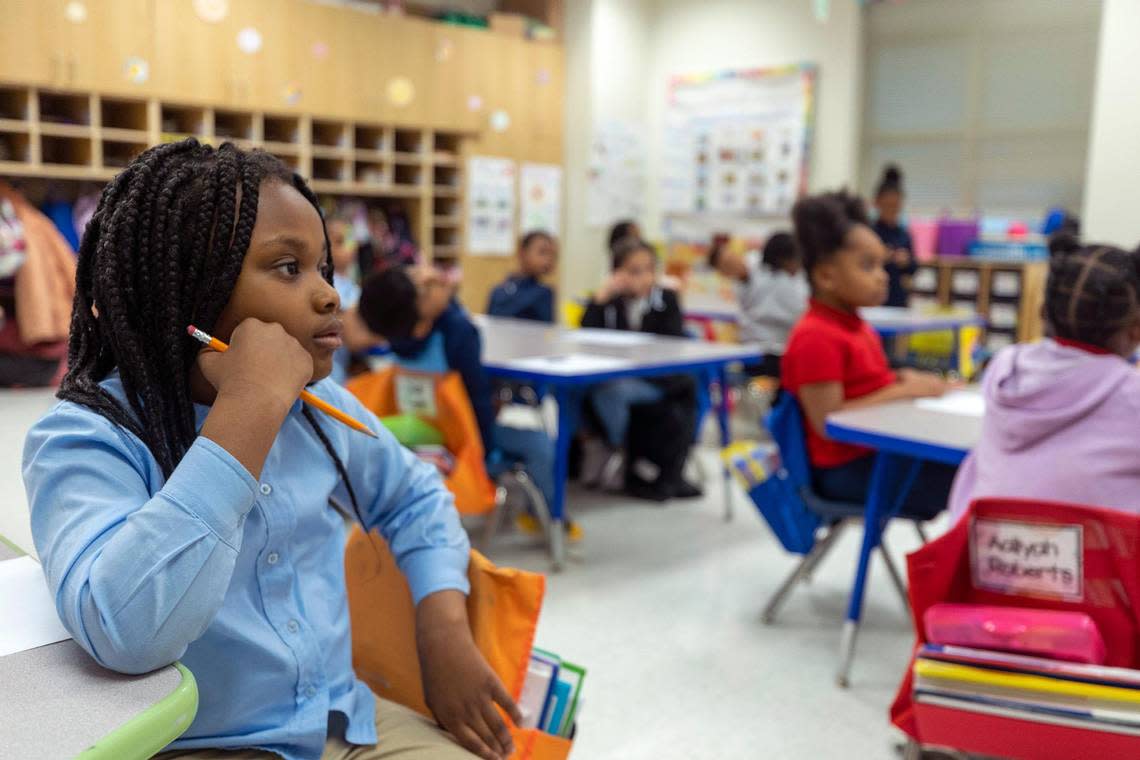
Castleberry ISD uses extra day program for Saturdays, summer school
Crowley is one of two school districts in Tarrant County that are participating in the extended school year program. The Castleberry Independent School District also added days to its school calendar under the program. But Castleberry school officials opted to add those extra days in the form of summer school and Saturday enrichment programs.
Many districts across the country use federal COVID relief money to expand their summer school offerings and add Saturday programs as a part of their efforts to help students catch up after the pandemic. But by relying on money from the state additional day program instead of federal relief money, the district can continue those programs after the relief money expires, said Renee Smith-Faulkner, superintendent of Castleberry ISD. It also allows the district to put supplemental federal money it receives each year toward other priorities, she said.
The district received about $500,000 from the state program last year, Smith-Faulkner said. Although districts only receive money based on the number of days they add at elementary schools, the extra money allowed the district to expand programs at middle schools and high schools, as well, she said. It also allowed the district to pay teachers better for working on Saturdays and during summer school, she said. The district raised the pay it offers teachers to work at those extra programs from $25 an hour to $40 an hour, she said. That extra money helped attract more high-quality teachers to work at those programs, she said.
Longer school year means fewer gaps, Crowley teacher says
Jessica Higgins, a first-grade teacher in Crowley ISD, came to David L. Walker the year before the school extended its calendar. When she heard about the idea, she was on board immediately, she said. She’d seen the gaps that COVID left in her students’ learning. Those gaps came on top of disparities that already existed between students at her school and their more affluent peers, she said. She thought extending the school year could be a good way to narrow those gaps.
The fact that the school starts weeks ahead of other campuses also means that teachers finish covering the curriculum for their grades in February. That means teachers can spend months going back and covering concepts that their students didn’t understand the first time, Higgins said.
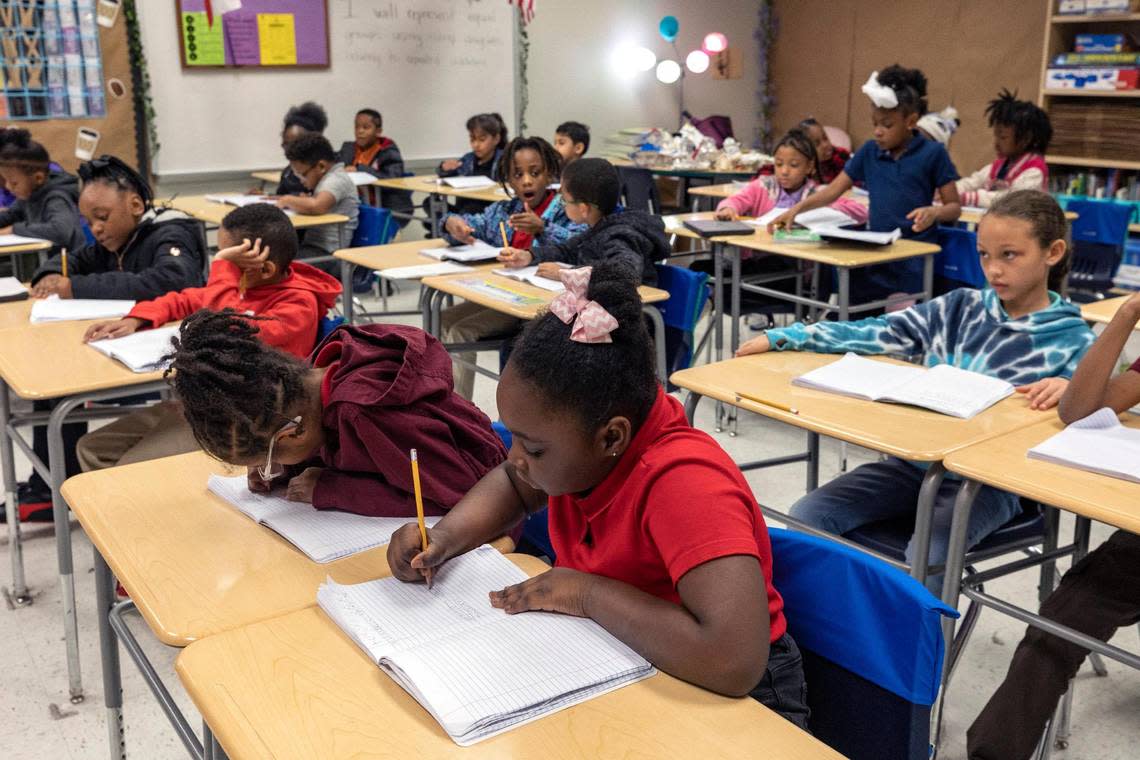
Teachers at the school give students frequent short quizzes to see which students have mastered the concepts they’re covering in class and which need more help. Those quizzes give teachers a clear picture of what skills they need to go back and reteach once they’ve finished covering the curriculum, she said. The extra time also gives teachers a chance to start working with students on skills and concepts that are included in the curriculum for the next grade, she said, giving them a head start before they get there.
Higgins said she’s seen how much of a difference the extended school year has made in her students’ academic performance. With a traditional academic calendar, teachers spend the first few weeks of every school year trying to help students make up the ground they lost over the summer, she said. But with the shortened summer break, she said, that’s less of an issue.
“There’s not enough time for students to fall back into regression with their academics,” Higgins said. “So you can start off the school year just where you left off about four weeks ago.”
